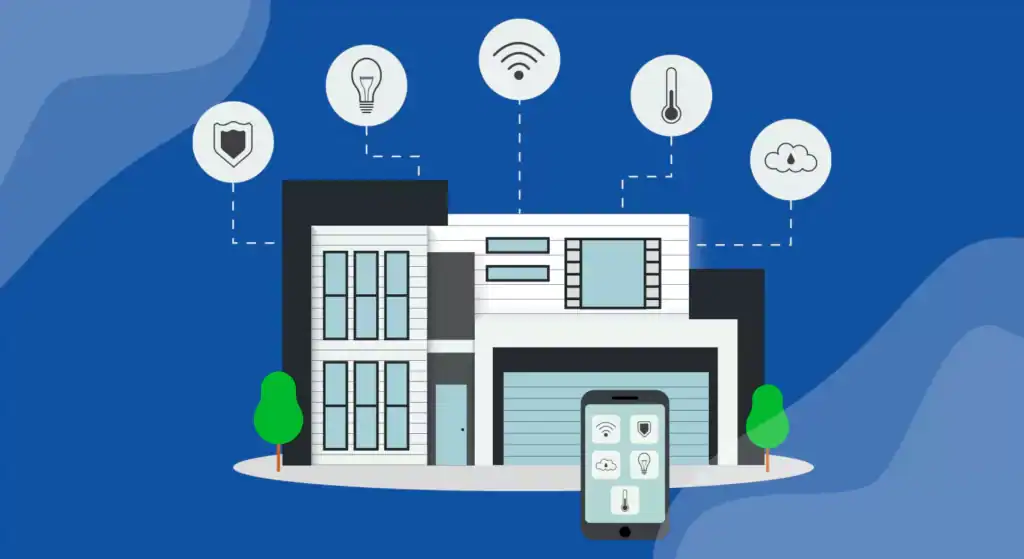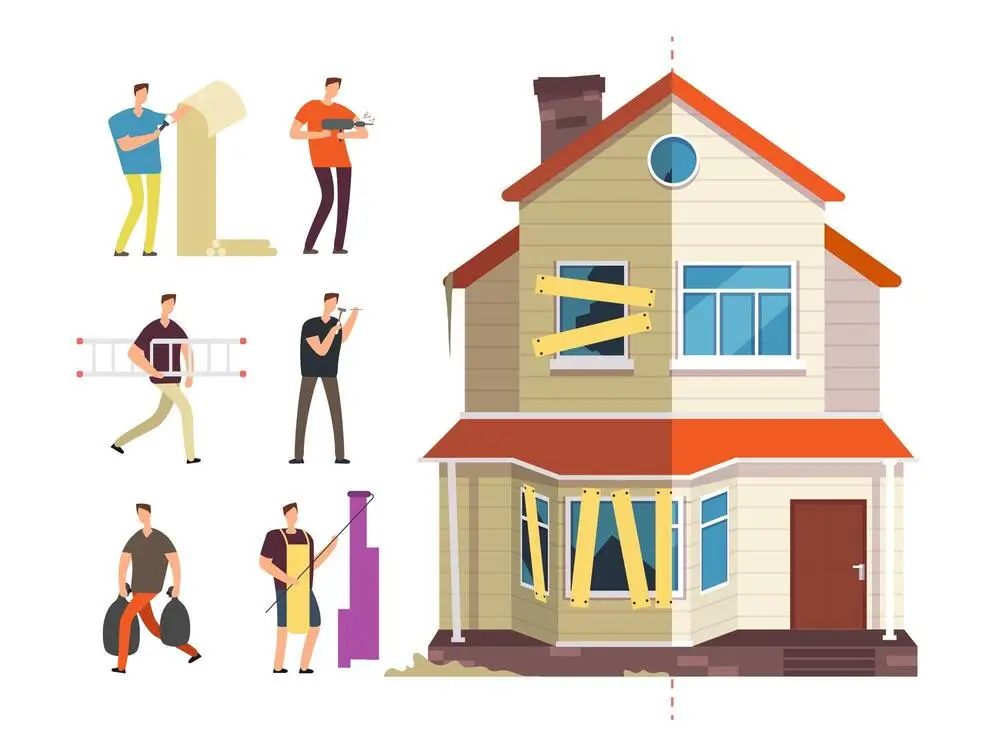The integration of Multiple Listing Services (MLS) with mortgage pre-approval tools offers significant potential for streamlining the home-buying process. MLS platforms serve as comprehensive databases for available properties, providing real estate professionals and potential buyers with accurate, up-to-date property listings. Mortgage pre-approval tools, on the other hand, help buyers determine how much they can afford by pre-approving them for a loan.
By syncing MLS platforms with mortgage pre-approval tools, real estate agents, lenders, and buyers can collaborate more efficiently, providing a smoother and faster home-buying experience. This integration not only enhances user experience but also improves the accuracy of property searches and financing options, benefiting both buyers and sellers. In this article, we will explore the advantages, challenges, and best practices of syncing MLS platforms with mortgage pre-approval tools.
Understanding MLS and Mortgage Pre-Approval Tools
MLS (Multiple Listing Service):
An MLS is a digital platform that consolidates property listings from various real estate brokers and agents. It provides comprehensive details on available properties such as pricing, square footage, number of rooms, and property condition. MLS platforms are essential for real estate professionals to market properties and for buyers to find available homes that meet their needs.
Mortgage Pre-Approval Tools:
Mortgage pre-approval tools are platforms that allow potential buyers to evaluate their creditworthiness and receive an estimate of how much they can borrow from a lender. By evaluating a buyer’s financial situation, these tools provide a conditional commitment for a loan, which helps buyers determine their budget before shopping for homes.
Why Sync MLS with Mortgage Pre-Approval Tools?
Streamlined Property Search:
Integrating MLS with mortgage pre-approval tools helps buyers quickly filter out properties they can afford based on their pre-approved loan amount. This eliminates the frustration of viewing homes that exceed their budget or are outside their financing capabilities.
Improved Buyer Experience:
With synced tools, buyers can seamlessly transition between browsing properties and getting loan pre-approvals without needing to jump between different platforms. This creates a smooth and unified experience, increasing engagement and satisfaction.
Real-Time Financial Insights:
By integrating mortgage pre-approval with MLS, homebuyers can get real-time financial insights while browsing listings. For example, they can see mortgage estimates for specific properties, helping them make more informed decisions regarding which homes to pursue.

Efficient Lead Management:
Real estate agents can use synced MLS and mortgage pre-approval data to better understand buyer intentions. Agents can track which properties buyers are interested in and what mortgage products they are eligible for, allowing them to focus on the most relevant listings.
Time Savings:
Manual data entry is eliminated, and both homebuyers and agents save time by not having to separately check financing options and listings. Integration ensures that once a buyer is pre-approved, the relevant listings are automatically updated and matched to their criteria.
Key Features of MLS and Mortgage Pre-Approval Integration
Automated Financial Pre-Approval Matching:
Once a buyer is pre-approved for a mortgage, the system automatically filters MLS listings to show only properties within the buyer’s budget. This eliminates time-consuming manual searches and helps avoid the disappointment of falling in love with a property they can’t afford.
Instant Loan Pre-Approval Estimates on Property Listings:
With integrated mortgage tools, homebuyers can instantly see a mortgage estimate for a specific property when browsing MLS listings. This provides immediate clarity on whether they are likely to be approved for a mortgage at the price point of the property.
Real-Time Data Syncing:
Any updates to property availability, pricing, or status are automatically reflected in both the MLS and mortgage pre-approval systems, ensuring consistency and accuracy of information. This helps buyers avoid situations where they are pre-approved for a loan, only to find that the property they are interested in is no longer available.
Advanced Mortgage Comparison Tools:
Buyers can compare different loan options within the pre-approval tool and see how those options impact the affordability of specific properties listed on the MLS. This feature helps them understand various financing scenarios and make more informed decisions.
Custom Alerts and Notifications:
The integration allows buyers to receive custom alerts when properties matching their pre-approval criteria become available. This helps them stay on top of new listings and make timely decisions.
Implementation Steps for Syncing MLS and Mortgage Pre-Approval Tools
Select Compatible Platforms:
Before starting the integration process, ensure that both the MLS platform and mortgage pre-approval tools are compatible and can be connected. Look for systems that offer built-in integration capabilities or open APIs that allow for seamless data exchange between the two platforms.
Data Mapping and Syncing:
The next step is to identify the data fields that need to be shared between the MLS and mortgage pre-approval tools. Property price, loan amount, down payment, and financing options should be linked to the relevant fields in both systems. Proper data mapping ensures that the right data is transmitted between the platforms.
Set Up Automated Matching Algorithms:
Develop algorithms that can automatically match properties on the MLS with pre-approved loan criteria. The system should be able to quickly compare the buyer’s pre-approved loan amount with property prices, ensuring that only properties within the buyer’s budget are shown.
Test the Integration:
Conduct thorough testing to ensure the integration works smoothly. Check that the mortgage estimates reflect accurate loan amounts based on the property listings and that no discrepancies exist between the two systems.
User Training:
Train real estate agents, loan officers, and buyers on how to use the integrated system. This ensures that everyone is on the same page when using the platform and can fully benefit from the integration.
Challenges and Solutions in Syncing MLS and Mortgage Pre-Approval Tools
Data Inconsistencies:
Data inconsistencies may arise if there are discrepancies between MLS listings and mortgage tool data. Solution: Establish strict data validation processes and conduct regular audits to ensure that all information is accurate.
Complexity of Integration:
Integrating two complex systems can be challenging, especially if they use different data formats or platforms. Solution: Collaborate with experienced developers and third-party integration experts to ensure a seamless connection.
Privacy and Security Concerns:
Handling sensitive financial data can raise privacy and security concerns. Solution: Use encryption, secure data transfer protocols, and implement stringent access controls to protect user data.
Cost of Integration:
The integration process may require significant upfront costs, especially for smaller real estate firms. Solution: Consider using pre-built integration solutions or cloud-based tools that offer lower upfront costs and quicker implementation.
Best Practices for Syncing MLS and Mortgage Pre-Approval Tools
Choose Scalable Solutions:
Opt for integration platforms that can scale with your business growth. This ensures that the system can handle increasing numbers of listings and mortgage applications without performance issues.
Implement User-Friendly Interfaces:
Both real estate agents and buyers should have an intuitive, easy-to-navigate interface. Whether browsing properties or reviewing loan pre-approvals, the system should be simple to use.
Ensure Mobile Compatibility:
Since many buyers search for properties and obtain mortgage pre-approvals via mobile devices, ensure that the integrated system is mobile-responsive and accessible on all platforms.
Provide Real-Time Support:
Offer support through live chat, help desks, or email to assist users with any issues they may encounter while using the integrated system.
Monitor and Optimize:
Continuously monitor the integration to identify any issues or areas for improvement. Optimize the system by using user feedback and market trends to enhance functionality and usability.
Conclusion
Syncing MLS platforms with mortgage pre-approval tools offers real estate professionals, lenders, and buyers a unified, seamless experience. By integrating these two systems, buyers can quickly find homes within their financial reach, while agents and lenders can provide better service and more accurate property recommendations.
While the integration process can present challenges—such as data inconsistencies, system compatibility issues, and privacy concerns—the benefits far outweigh the hurdles. By choosing the right platforms, carefully mapping data, and following best practices, real estate businesses can improve efficiency, increase client satisfaction, and stay ahead of the competition in a rapidly evolving market.













